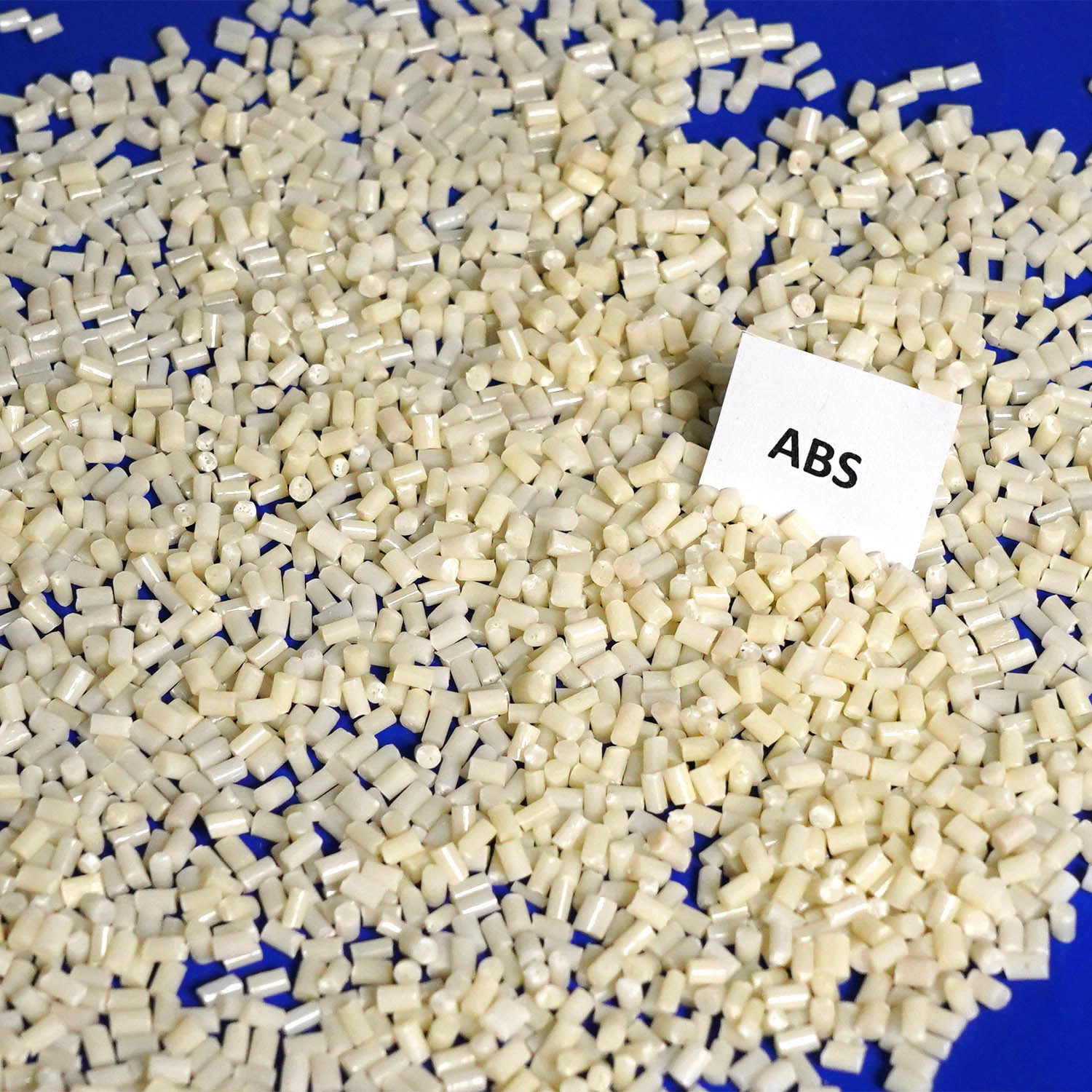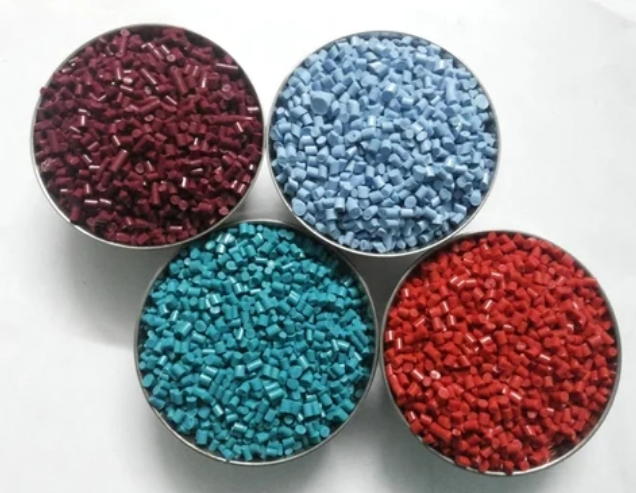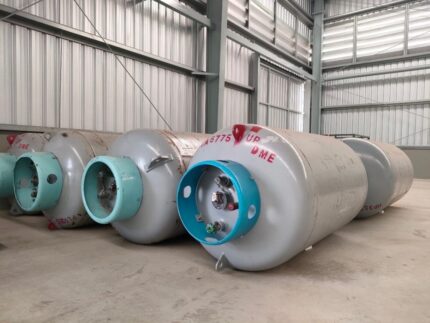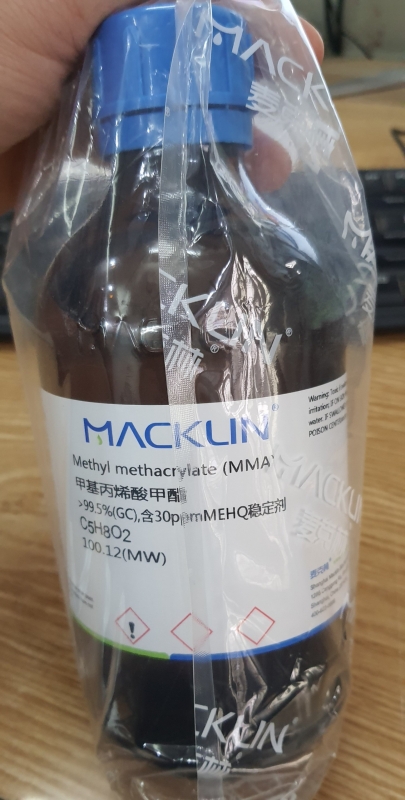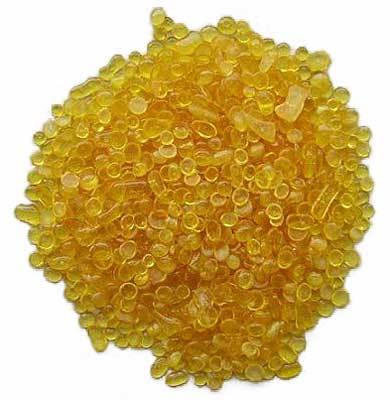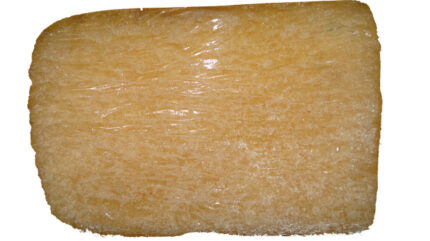Description
Comprehensive Guide on Acrylonitrile Butadiene Styrene (ABS)
Get detailed technical information about ABS polymer. Know more about its key properties, applications, processing conditions, and much more.
ABS – What does it stand for?
ABS stands for Acrylonitrile Butadiene Styrene. It is an impact-resistant engineering thermoplastic. It has an amorphous polymer. ABS is made up of three monomers: acrylonitrile, butadiene, and styrene:
- Acrylonitrile: It is a synthetic monomer. It is produced from propylene and ammonia. This component contributes to the chemical resistance & heat stability of ABS.
- Butadiene: It is produced as a by-product of ethylene production from steam crackers. This component delivers toughness & impact strength to ABS polymer.
- Styrene: It is manufactured by dehydrogenation of ethyl benzene. It provides rigidity & processability to ABS plastic.
How ABS is made?
ABS is produced by emulsion or continuous mass technique. The chemical formula of Acrylonitrile Butadiene Styrene is (C8H8·C4H6·C3H3N)n. The natural material is an opaque ivory color. It is readily colored with pigments or dyes.
What are the properties of ABS?
ABS is a strong and durable polymer. It is a chemically resistant resin. It gets easily attacked by polar solvents. It offers greater impact properties and slightly higher heat distortion temperature than HIPS.
Acrylonitrile Butadiene Styrene has a broad processing window. It can be processed on most standard machinery. It can be injection-molded, blow-molded, or extruded. It has a low melting temperature making it suitable for processing by 3D printing on an FDM machine.
ABS falls between standard resins (PVC, polyethylene, polystyrene, etc.) and engineering resins (acrylic, nylon acetal, etc.). It often meets the property requirements at a reasonable price-cost effectiveness. It is an ideal material of choice for various structural applications. This is because of its several physical properties such as:
- High rigidity, good weldability, and insulating properties
- Good impact resistance, even at low temperatures
- Good abrasion and strain resistance
- High dimensional stability (Mechanically strong and stable over time)
- High surface brightness and excellent surface aspect
ABS shows excellent mechanical properties. It is hard and tough in nature and thus delivers good impact strength. It offers a high degree of surface quality. Apart from these characteristics, Acrylonitrile Butadiene Styrene exhibits good electrical insulating properties.
Chemical Properties of ABS
- Very good resistance to diluted acid and alkalis
- Moderate resistance to aliphatic hydrocarbons
- Poor resistance to aromatic hydrocarbons, halogenated hydrocarbons and alcohols
What are the limitations of ABS?
- Poor weathering resistance
- Ordinary grades burn easily and continue to burn once the flame is removed
- Scratches easily
- Poor solvent resistance, particularly aromatic, ketones and esters
- Can suffer from stress cracking in the presence of some greases
- Low dielectric strength
- Low continuous service temperature


